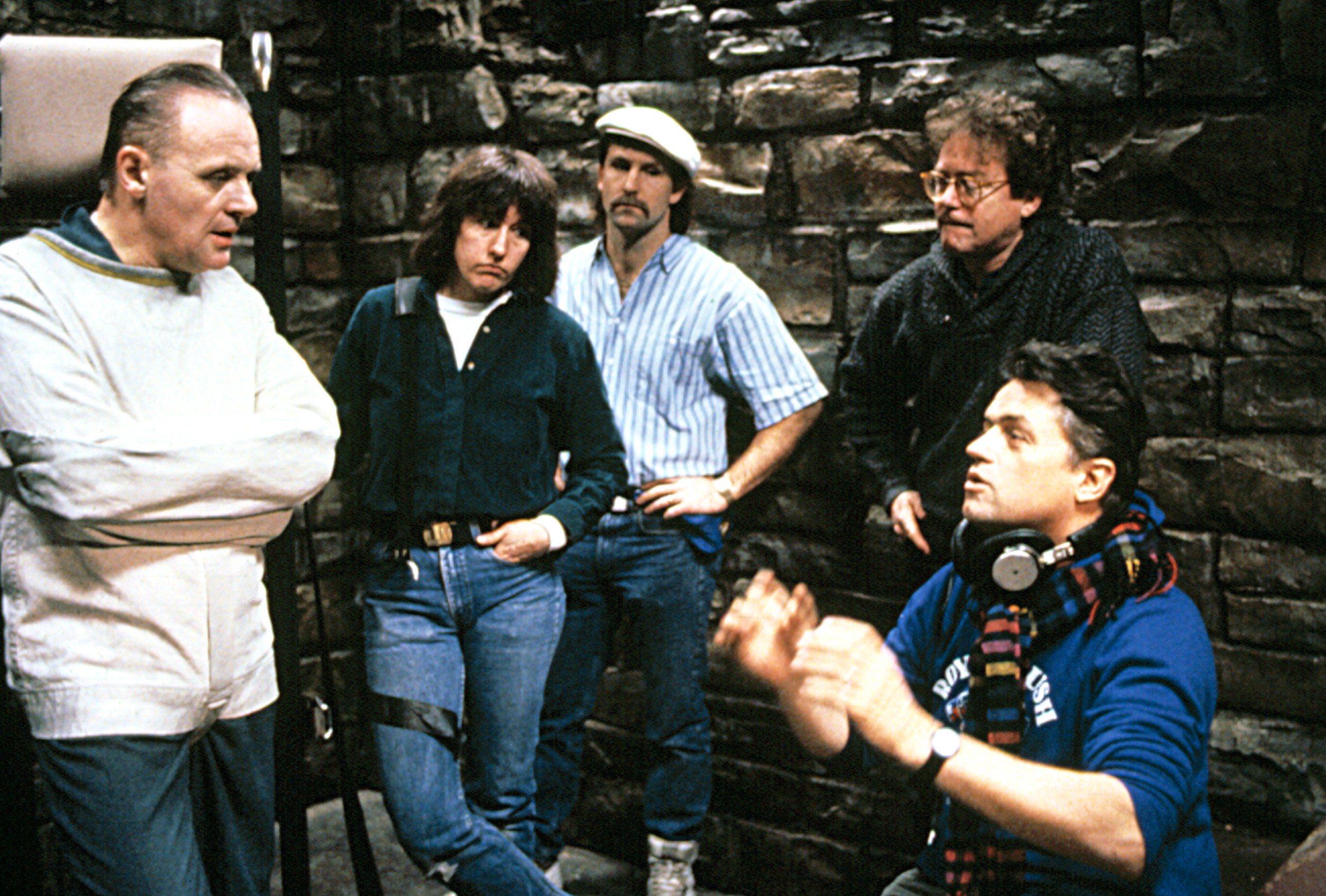Trump Tells Canada And Mexico He Will Renegotiate, Not Withdraw From NAFTA
Trucks travel on an overpass to and from the World Trade Bridge which links Laredo, Texas, and Nuevo Laredo in the Mexican state of Tamaulipas.
Eric Gay/AP
hide caption
toggle caption
Eric Gay/AP
Following news reports Wednesday that the Trump administration intended to begin the process of withdrawing from the North American Free Trade Agreement, or NAFTA, the White House said President Trump reassured the leaders of Canada and Mexico by phone that the U.S. had no immediate plans to do so.
A White House statement issued late Wednesday night said that Trump had spoken by phone with both Mexican President Enrique Peña Nieto and Canadian Prime Minister Justin Trudeau.
The full White House statement:
“Late this afternoon, President Donald J. Trump spoke with both President Peña Nieto of Mexico and Prime Minister Trudeau of Canada. Both conversations were pleasant and productive. President Trump agreed not to terminate NAFTA at this time and the leaders agreed to proceed swiftly, according to their required internal procedures, to enable the renegotiation of the NAFTA deal to the benefit of all three countries. President Trump said, ‘it is my privilege to bring NAFTA up to date through renegotiation. It is an honor to deal with both President Peña Nieto and Prime Minister Trudeau, and I believe that the end result will make all three countries stronger and better.’ “
The Associated Press reports:
“The White House announcement came hours after administration officials said Trump was considering a draft executive order to withdraw the U.S. from the deal — though administration officials cautioned it was just one of a number of options being discussed by the president and his staff.
“Some saw the threat as posturing by Trump to gain leverage over Mexico and Canada as he tries to negotiate changes to the deal. Trump railed against the decades-old trade deal during his campaign, describing it as a ‘disaster.’ “
The AP reports that both the Mexican and Canadian governments confirmed the conversations had taken place.
As first reported by Politico, White House officials had drafted an executive order to begin the process of withdrawing from NAFTA. The reports were followed by a sharp drop in the value of the Mexican peso against the U.S. dollar. The Canadian dollar also fell, though not as sharply.







